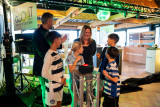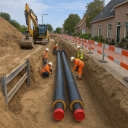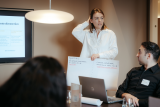Years of experimentation in former coalmines, for instance in the Dutch city of Heerlen, revealed how these mines can contribute to the warm water supply of millions households, industries and institutions.
Je vindt hier een Nederlandse versie van deze blogpost: https://wp.me/p32hqY-1K2




